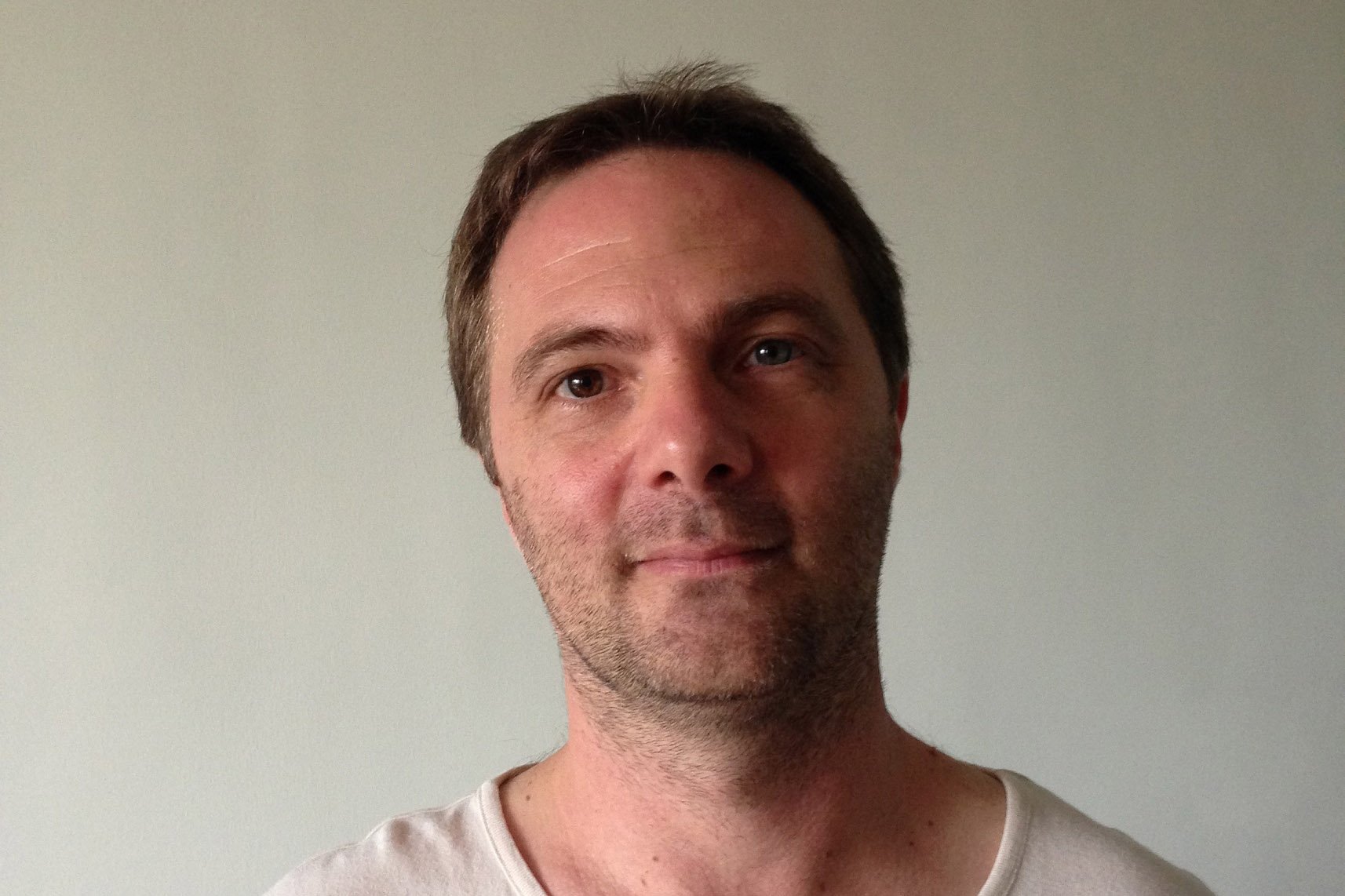Interview with Olivier Aubry, MSF Head of Mission in the Philippines

Dec 07, 2014
What is the situation at the moment?
Typhoon Hagupit made landfall at approximately 9.15pm yesterday evening in the city of Dolores in eastern Samar. Dolores is a big city but it is not as dense as Tacloban, which as we saw last year was devastated when typhoon Haiyan hit.
So far we don't have much information, and exactly what is going on in Samar is unclear as power and communication were cut across most of the island. There is nothing official yet and all the information we have at this stage is through our networks. So this means we are still unclear about the extent of the damage and the level of flooding, as well as the number of victims.
The very few bits of information that we have started to gather are worrying as a lot of areas face flooding. We don't know if any of the health facilities in the area are running and we don't know if the medical staff are able to work in those facilities.
The only real information we have at this stage is of course from Tacloban, where MSF runs a mother and child health project in the Leyte Provincial Hospital. I was in touch with our team overnight during the typhoon, and they reported strong winds and heavy rain. There is no more power to the city and electrical wires in the streets are down. However, the hospital was not flooded and patients are still able to reach the hospital – there were two deliveries this morning and also a few overnight during the storm.
This morning, there were still some residual winds and rains in Tacloban, however, people were back in the streets and there were a few motorbikes and jeepney's (public vehicles) on the roads.
What is MSF preparing to do?
MSF's team in Tacloban at the Leyte Provincial Hospital had spent the last few days preparing to secure the hospital and to ensure that all patients and medical equipment were safe during the typhoon. All our patients were moved to one wing of the hospital in preparation for the typhoon and none were injured. However, the operating theatre was damaged and for now it is not functional.
MSF is currently preparing a surgical team to move into the affected areas of the typhoon. The team, from Japan, consists of surgeon, anaesthetist and operating theatre nurse. They will move out as soon as possible, with the location dependent on the needs we see on the ground. The goal is to identify a hospital for them to work in as soon as possible and for them to support the Philippine Department of Health medical teams. MSF has two helicopters on standby that can quickly transport the team to Tacloban and affected areas on the island of Samar as soon as possible.
What sorts of injuries do you expect to see?
Trauma is of course the most common injury we can expect. That's why we need to send a surgical team as soon as possible. But asides from that we also need to prepare to treat chronic diseases such as diabetes. That is something we saw last year and we did not expect at the time. With the level of diabetes in the Philippines so high, we had to take care of a lot of patients who may not have had access to their medication. Of course women will continue to have babies and as we have seen women are continuing to come into the hospital to deliver.





Leave a Comment